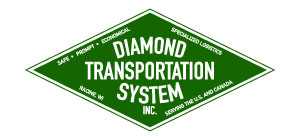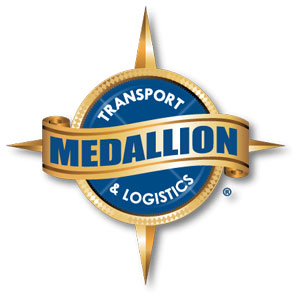What Should Be in a Construction Logistics Plan?
Logistics is an essential part of project management, especially in the construction industry. There are a lot of moving parts on a construction site, so planning for everything is key. Here’s what should be included in a construction logistics plan.
The Environment
Before you break ground, you should have a solid understanding of the environment you will be working in. Do you need to take steps to prevent erosion or remove water? You should also consider whether dust control will be necessary and figure out how the weather may affect your project.
The Jobsite
Next, you need to figure out some basics about the job site. Figure out how many buildings there will be on the job site, the order in which you’re going to complete each building, and any landscaping or terrain changes you’ll need to make to break ground.
Regulations
There are likely several rules and regulations that pertain to your construction site, so make sure you know about those regulations and how they’ll affect the project. This may include noise ordinances, dust or vibration management, stormwater management, public road restrictions, and more. You have to plan around any regulations that could potentially interrupt your project.
Traffic
The flow of traffic is a big deal in construction projects. Contractors are going to come and go constantly, and people need to park and have space to move around the job site. Designate an entrance and exit for the job site, as well as any pedestrian crossing locations and parking areas. Directing the flow of traffic makes it easy for everyone to get to work and do their job once they’re at work.
Storage
Once you’ve figured out the basics, it’s time to find out where you’re going to store materials during the project. Make sure you choose an area that’s large enough for the materials you’re storing, secure enough to keep thieves out, and protected from the weather. You also need to make sure any materials you’re storing are accessible to the crew, whether they’re pulling materials by hand or using heavy equipment to pull and distribute materials.
Building Access
You want every part of your job site to be accessible at any given point in the project. Plan your project in a way that allows you to avoid blocking access to any buildings or storage material areas, even temporarily. Ensuring everyone has access to every part of the job site is a vital part of a good construction site logistics plan.
Security
Theft is a big deal on construction job sites, so your site logistics plan should include security measures to protect your materials. Take some time to assess the job site you’ll be working on and figure out what the ideal security setup is. You may want to include security cameras, motion sensors, alarms, fencing, Conex boxes for tool and equipment storage, and more. You can slow remove keys and batteries from equipment and lift generators and other expensive equipment to keep it away from thieves.
Offices and Restrooms
You’re going to need an office space and restrooms on the job site, so plan for that. Office spaces don’t need to be large, as long as there’s enough room for a desk and a chair. As far as restrooms go, most job sites use portable restrooms that can be rented temporarily. Keep in mind that you should also try to place these portable restrooms in a cool, dry area.
Simplify Your Construction Project
Shipping logistics and job site logistics can make construction projects difficult, but they don’t have to be. With Osage Specialized Transport, you don’t have to deal with the hassle of transporting heavy equipment or materials because Osage can take care of it for you. If you have an upcoming construction project, contact us and call (303) 326-0374 to learn more about how Osage Specialized Transport can help with your construction site logistics plan today.















